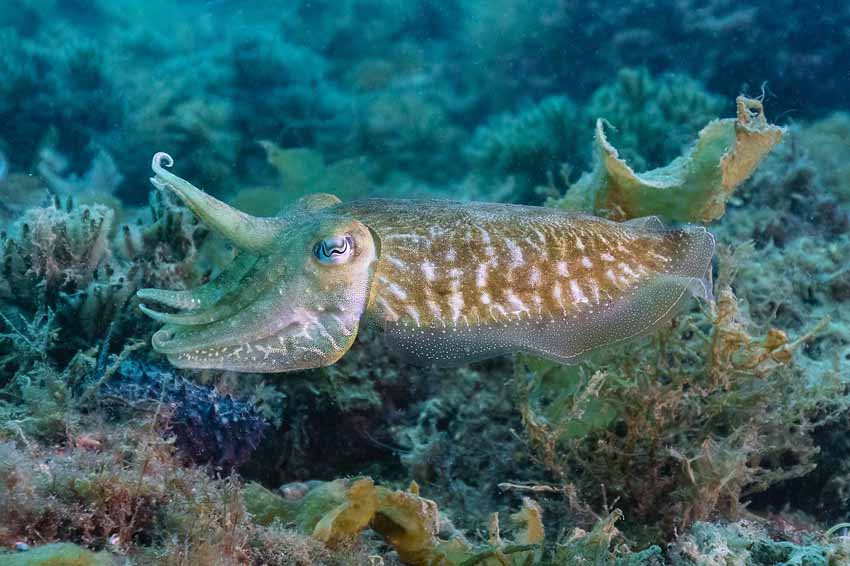An LGTBIQ+ perspective on the animal kingdom
Últimas noticias
Una mirada LGTBIQ+ al reino animal
Circular Economy in Action: Valorisation of By-products through Projects like PRIMA NEWFEED
Strategic Perspectives: Highlights from the Food4Future World Summit for Business Leaders
MIGUEL ÁNGEL PARDO, Researcher in Food Quality, Safety and Security. AZTI
My commitment to LGBTIQ+ Pride Day—which celebrates diversity as something natural and free, yet is sadly being challenged by certain sectors of society in these turbulent times—is what drives me to share this message today: diversity is an inherent part of nature and of everything around us, even if it has historically been overlooked by the scientific community.
In the late 19th century, George Murray Levick—an explorer and medical officer on Captain Scott’s Antarctic expedition—described Adélie penguins engaging in homosexual behavior, labeling them as “depraved males.” His accounts were considered so scandalous that they were hidden away and only resurfaced a few years ago. Throughout the 20th century, the destruction or denial of LGBTIQ+ behaviors in the animal kingdom by the scientific community was a persistent trend.
However, it’s important to highlight that more than 1,500 animal species have been observed exhibiting diverse LGBTIQ+ behaviors—including lions, giraffes, hyenas, monkeys, birds, dolphins, reptiles, insects, and many others.
In fact, the oceans are one of nature’s true “queer” havens—especially coral reefs, where diversity is nothing short of spectacular. Within these ecosystems, scientists have documented organisms that are homosexual, polyamorous, transgender, transsexual, intersex, non-binary, and more. One particularly fascinating and common example in nature is gender fluidity, as seen in the remarkable case of cuttlefish.
Cuttlefish can change the color and texture of their skin for camouflage during mating, including color shifts and behaviors in which smaller males “disguise” themselves as females to go unnoticed by larger, more aggressive males. In environments where males can outnumber females by as much as 10 to 1, competition to pass on genes is intense. Smaller males—often considered a kind of “third gender”—avoid attacks and use the confusion to mate with females or even with larger males. In fact, homosexual behavior has been observed in up to 40% of these interactions.
The example of cuttlefish invites us to reflect on what we think we know about gender—and reminds us that true nature lies in diversity. However, we must not forget that our own species is by far the most diverse of all. We are part of a society, a natural world, and a planet that are inherently diverse, where knowing and understanding one another is essential for living together in harmony.








